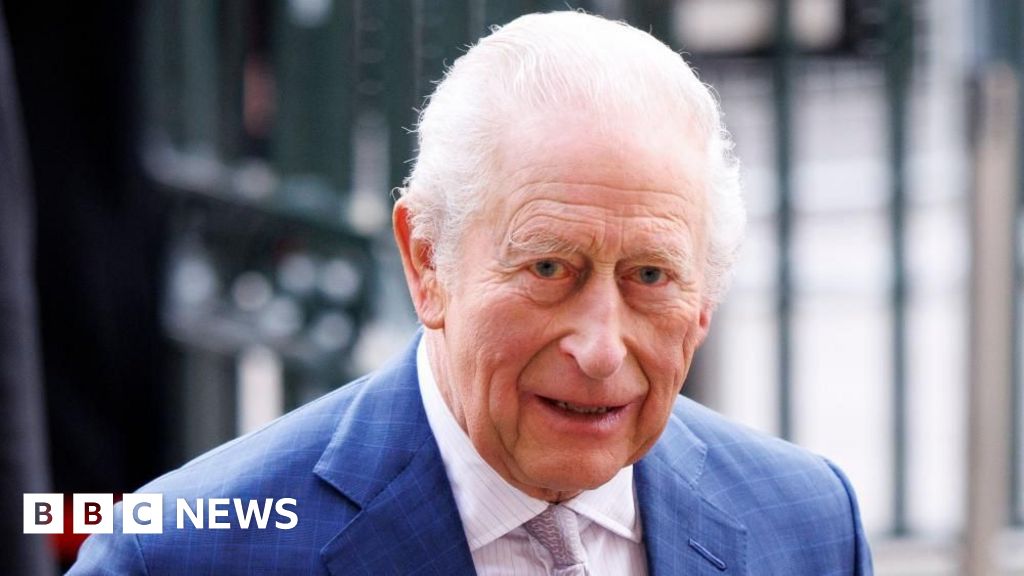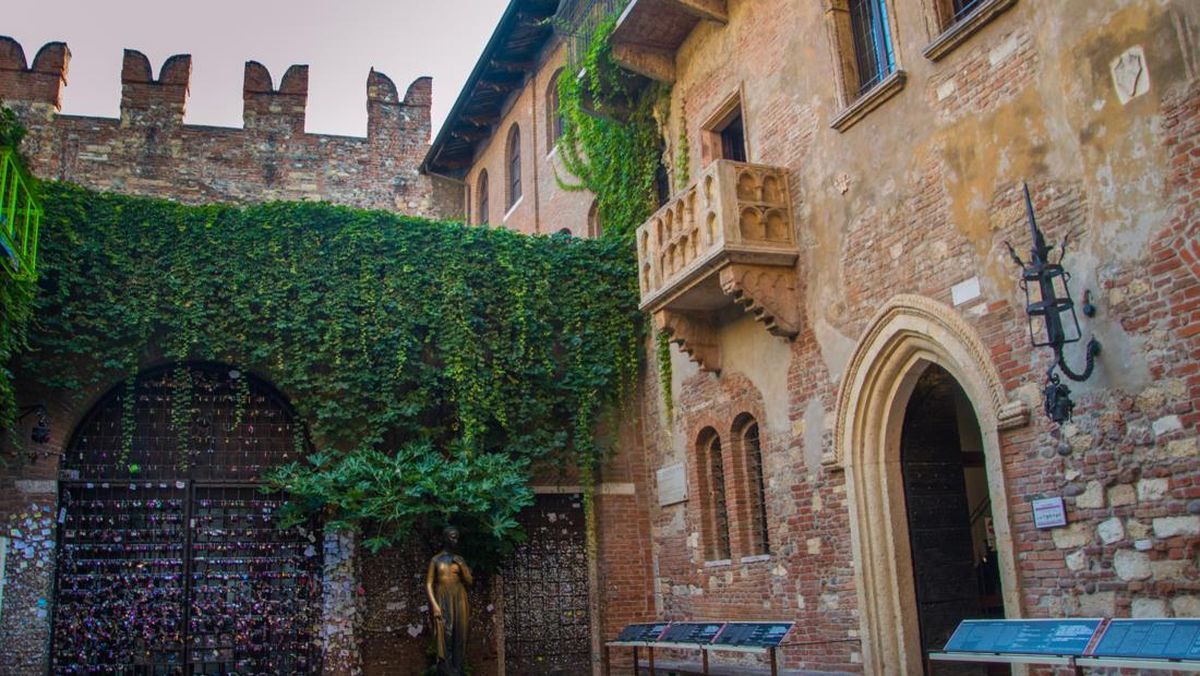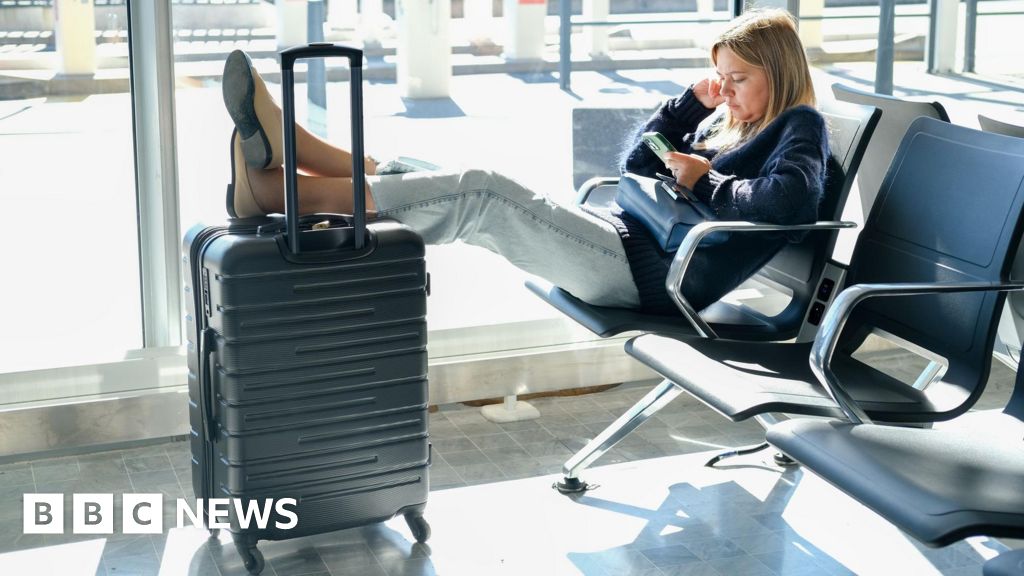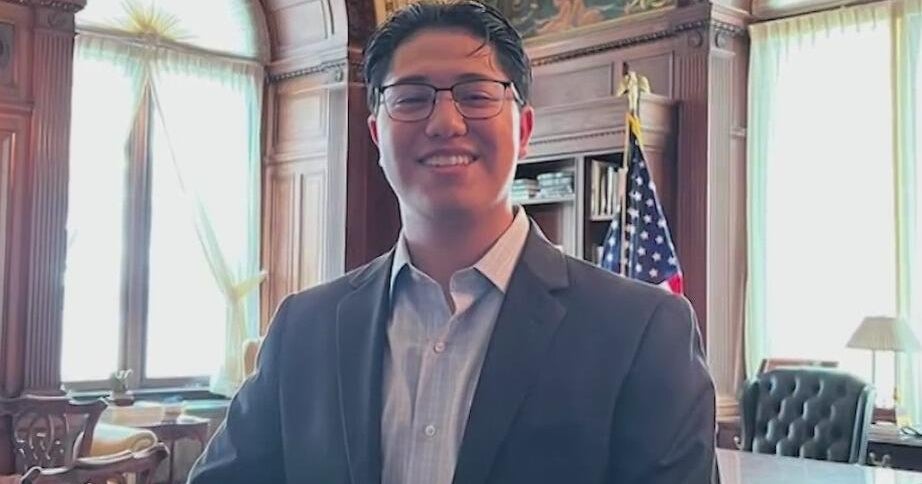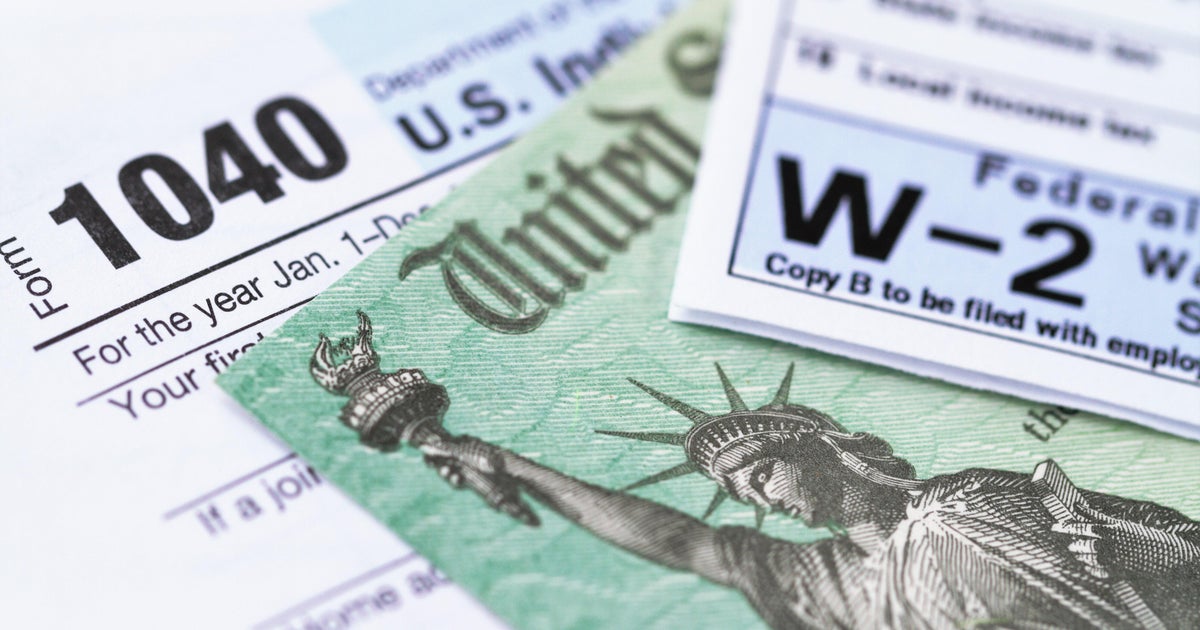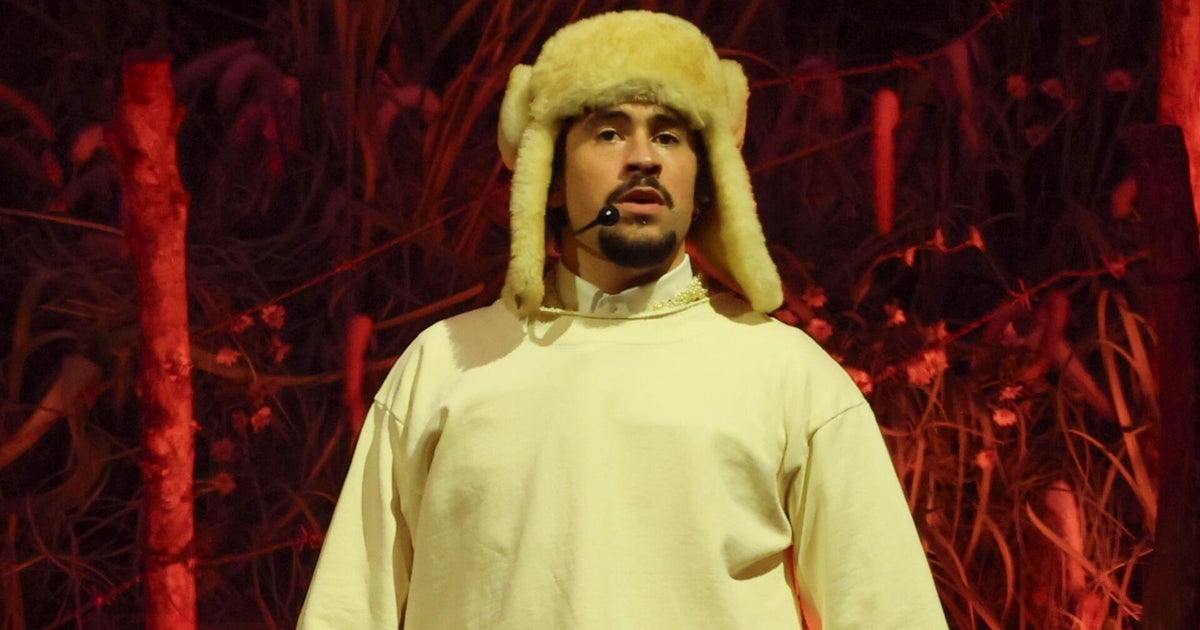October 27, 2025 — 12:00am
After eight years and a $US2 billion ($3.07 billion) renovation, the legendary Waldorf Astoria New York hotel has reopened. And it’s better than ever. Occupying an entire midtown Manhattan block between Park and Lexington avenues since 1931 (an earlier version was located where the Empire State Building now stands), the hotel is a Big Apple landmark, that has shaped modern travel and hospitality.
The Waldorf was not only the first hotel in the world to introduce room service, in-room telephones and electricity on every floor, it was also the first to permit unaccompanied female guests to check in. The height of luxury was once a private bath in every guestroom, an amenity the Waldorf Astoria pioneered.
And if you’ve enjoyed the tangy crunch of a Waldorf salad, sipped a Rob Roy or Waldorf cocktail, and ordered eggs Benedict for breakfast, you can thank the hotel’s chefs and bartenders who invented or popularised these recipes.
A major redesign has reduced the hotel room count from 1400 to 375, while expanding their size dramatically in a luxury, residential style by French interior designer Pierre-Yves Rochon.
“The greatest of them all,” as American hotel magnate Conrad Hilton once called the hotel, it has been restored to its art deco glory, under the direction of architects Skidmore, Owings & Merrill (SOM), at the same time benefiting from a thorough modernisation of infrastructure.
While most of us will never fork out for the lofty room rates from $US1500 ($2300) a night, everyone is welcome to stop by Peacock Alley, the newly expanded lounge and bar space that has been referred to as New York’s living room. A place to see and be seen for decades, today it’s a bonanza for people-watchers.
New Yorkers, hotel guests and visitors who step inside the grand lobby and other public spaces will find heritage features from the gilded-bronze Waldorf Clock – a gift from Queen Victoria – to Cole Porter’s Steinway grand piano, where the composer reportedly wrote some of his biggest hits, including I’ve Got You Under My Skin.
A marble floor mosaic comprising 148,000 stone pieces by French artist Louis Rigal reminds us the clock is ticking with its depiction of life stages from birth until the final curtain.
Today, the hotel’s culinary nostalgia is dished up with on-trend flourishes: an updated Waldorf salad at Lex Yard, the hotel’s all-day American brasserie by chef Michael Anthony (also executive chef of New York’s Gramercy Tavern) and cocktails in the Peacock Alley Bar, created by Jeff Bell, the mixologist behind East Village speakeasy Please Don’t Tell. Yoshoku, an upscale Japanese kaiseki restaurant by chef Ry Nitzkowski, shows the hotel’s fine-dining offering has an international accent.
If you find the immersive Waldorf world too beautiful to leave, there are ways to stay longer. Hundreds of new private residences on the upper floors are available for sale (studio prices start from $US1.875 million) to those who desire a permanent Park Avenue address.
Residents will be following the lead of everyone from Frank Sinatra to Marilyn Monroe, Cole Porter and various US presidents, all of whom have called the hotel home.
There are now more than 30 Waldorf Astoria hotels across the road, with a Sydney property coming in 2027.
Sign up for the Traveller newsletter
The latest travel news, tips and inspiration delivered to your inbox. Sign up now.
Kristie Kellahan swapped life as a lawyer for the freedom and adventure of travel writing 20 years ago and has never looked back. Sydney-born, her commute home is a little longer now that she is based in New York City.Connect via Twitter.















